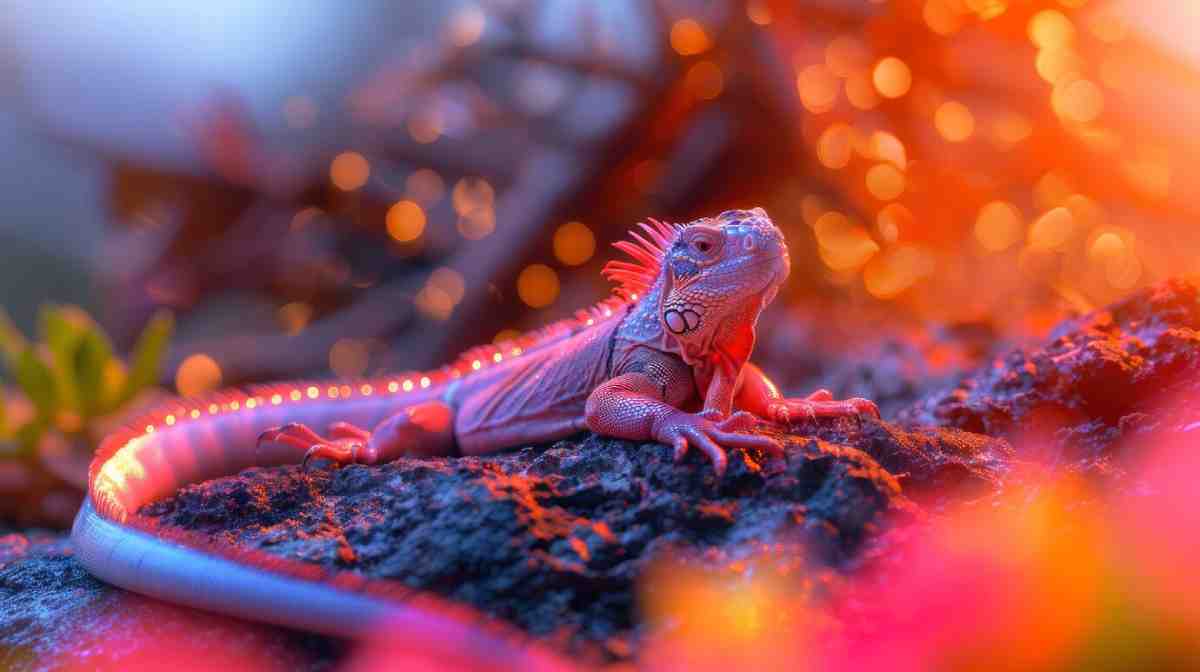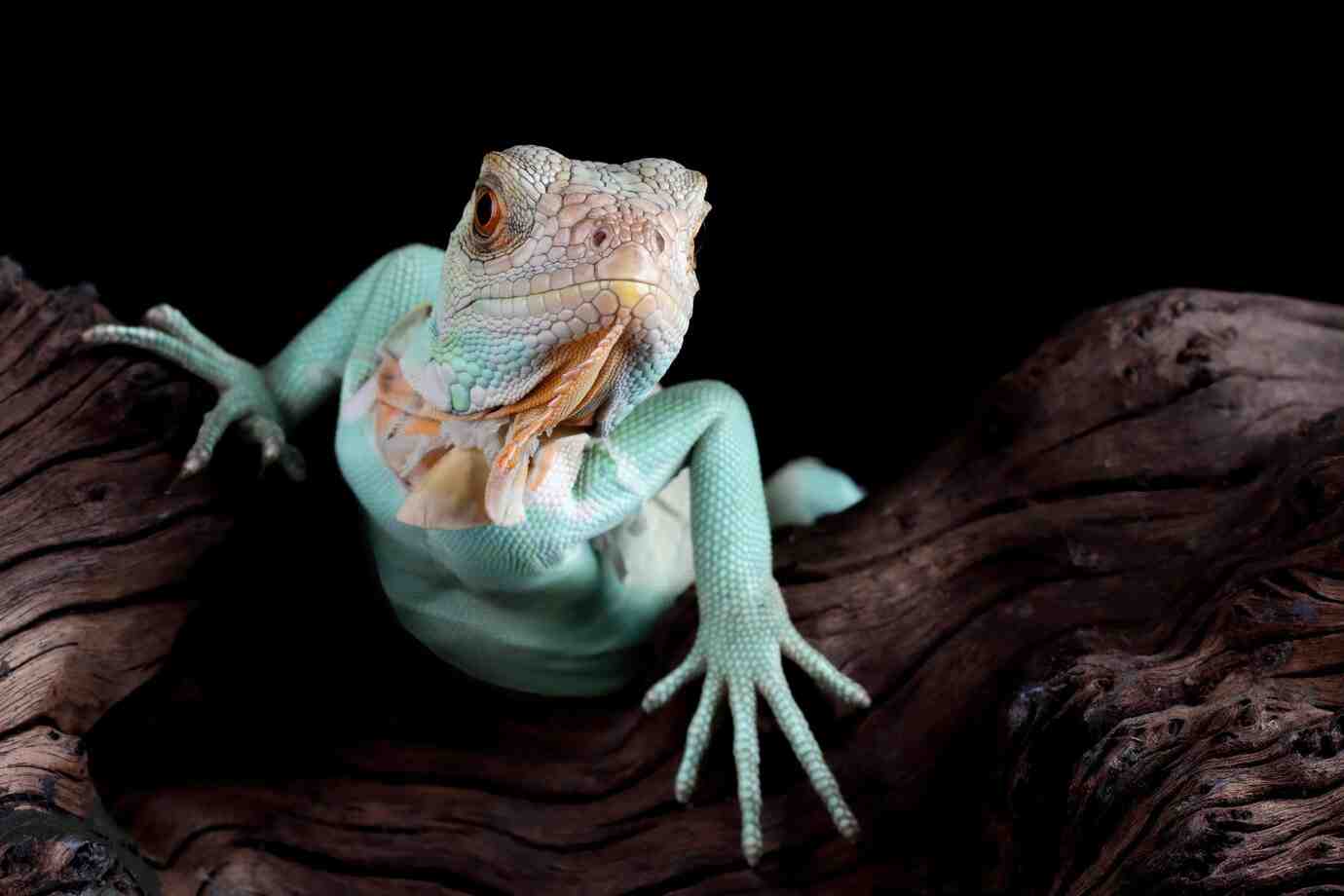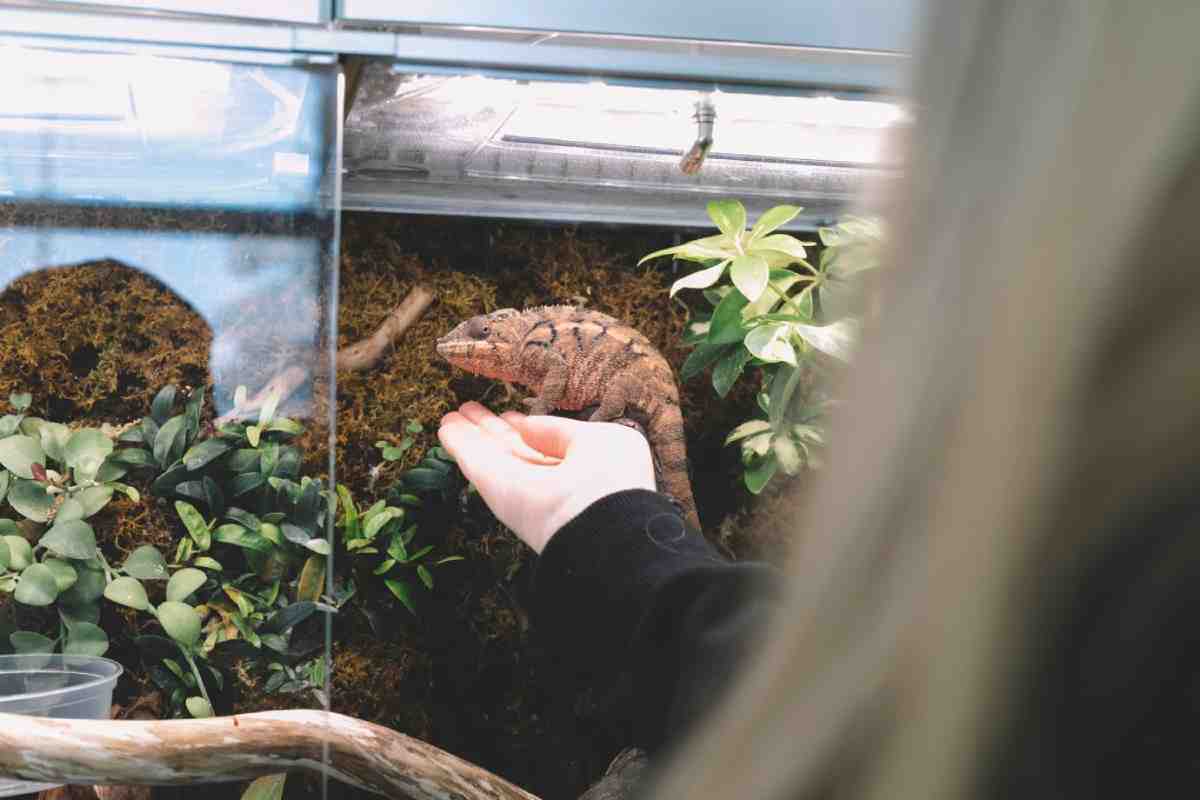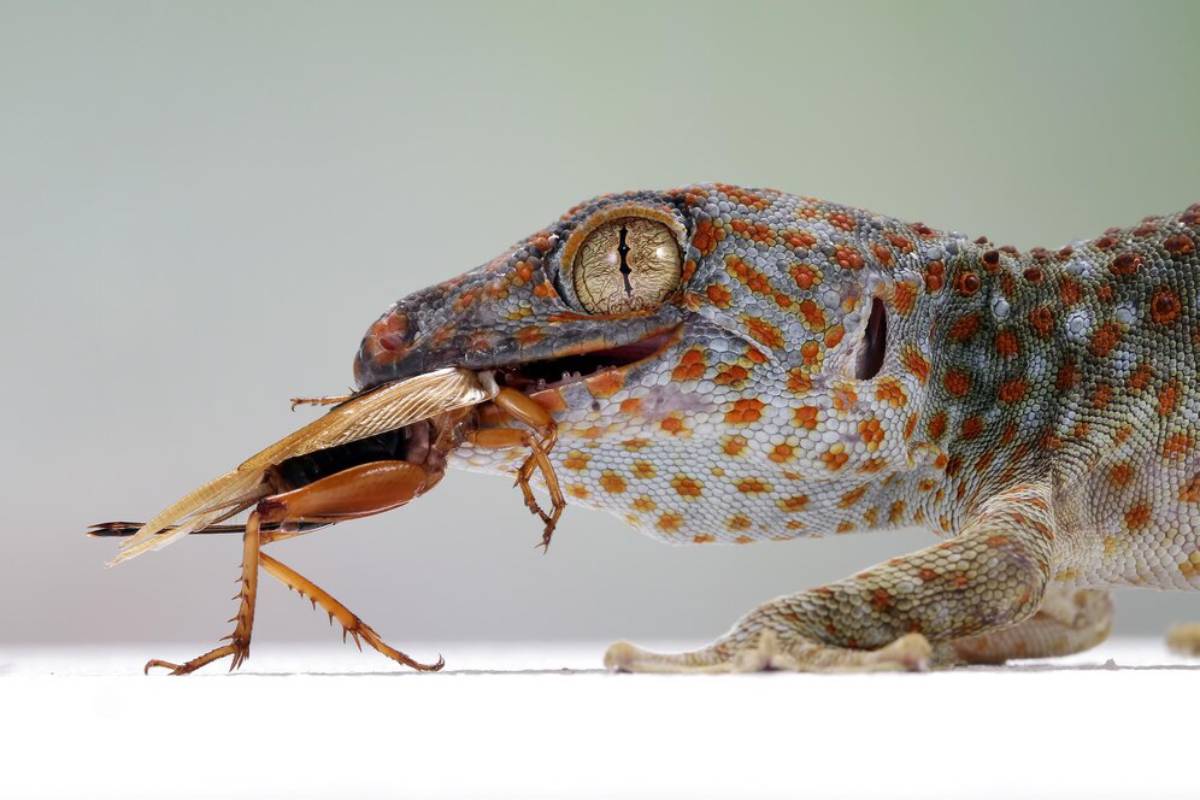
Proper Insect Feeding for Carnivorous Reptiles
Feeding reptiles that eat insects isn’t as simple as tossing in a few crickets. If you’re raising a leopard gecko, bearded dragon, tokay gecko, or other insectivorous species, proper nutrition starts with knowing what to feed, how to feed, and when to feed.
In this guide, you’ll learn everything you need to know about feeding live insects, choosing the best feeder insects, and creating a healthy, balanced reptile carnivore diet. Whether you’re a first-time keeper or want to fine-tune your feeding routine, this is the place to start.
Why Feeding Live Insects Matters
Reptiles that eat insects need movement to trigger their hunting instincts. Live insects provide enrichment, encourage natural behaviours, and deliver important nutrients — if you use the right ones.
Key Benefits of Live Insect Feeding:
- Stimulates natural hunting behaviour
- Provides protein, fat, and moisture
- Helps maintain muscle and energy
- Reduces boredom in captivity
- Strengthens feeding response in shy or picky eaters
Movement is a cue. A still meal is easy to ignore — but a hopping cricket gets attention fast.
Understanding the Reptile Carnivore Diet
Most insect-eating reptiles are technically insectivores, but many benefit from a mix of protein, fat, and gut content (what the insect has eaten).
Different insects have different nutritional profiles. Feeding only one type isn’t ideal — variety is key.
What to Look For in a Balanced Diet:
- Good calcium to phosphorus ratio
- Moderate fat content
- Easy-to-digest exoskeleton
- Size appropriate for your reptile
- Low risk of injury (from biting or scratching)
Best Feeder Insects for Reptiles
Here’s a breakdown of the most popular and nutritious live feeders — including their benefits and how to use them.
1. Dubia Roaches
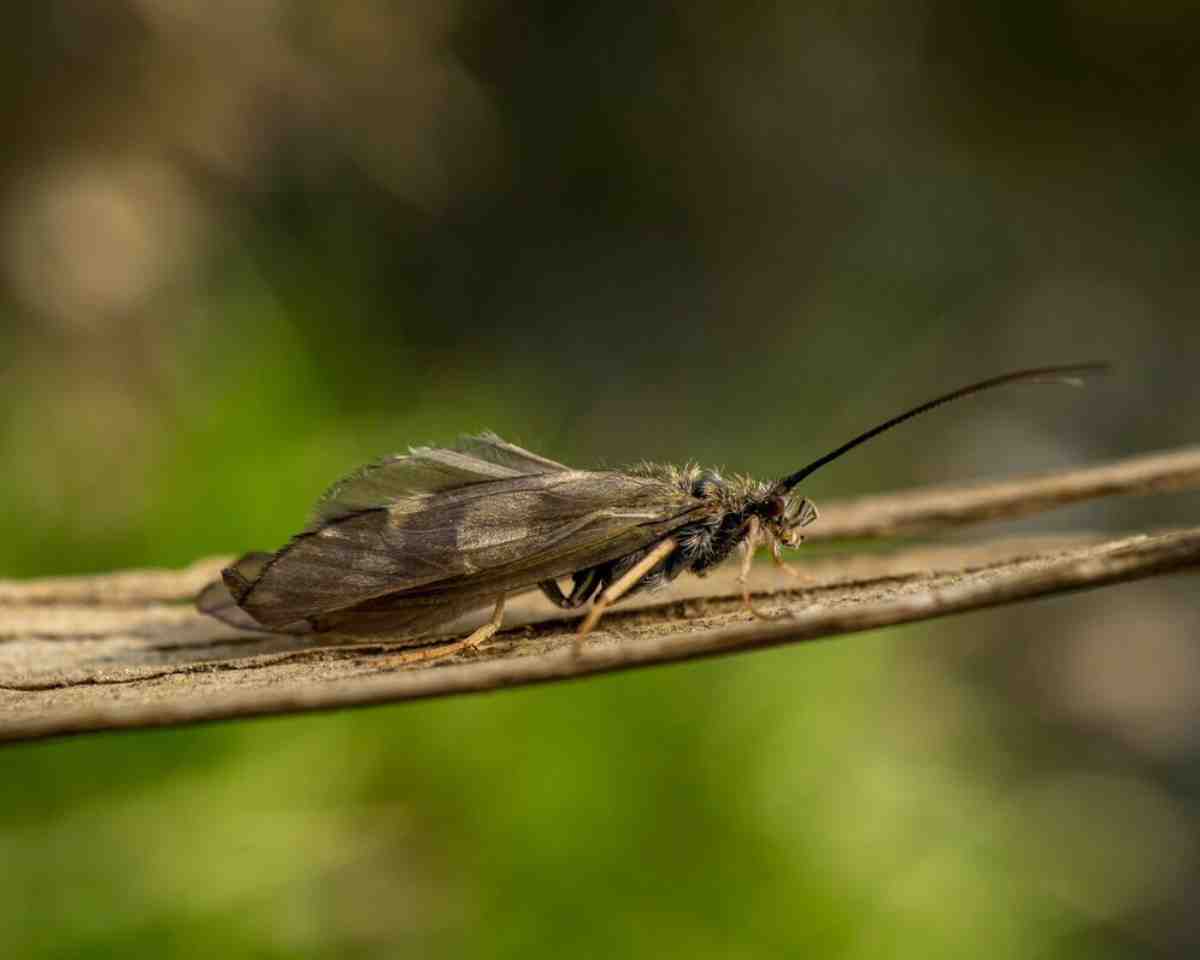
- Soft-bodied and easy to digest
- High in protein and moderate in fat
- Excellent calcium-to-phosphorus ratio
- Don’t jump or fly — easy to catch
- Don’t smell or chirp like crickets
Best For: Leopard geckos , bearded dragons, tokay geckos, monitors
2. Crickets
- Widely available and affordable
- High protein, but low in calcium
- Must be gut-loaded before feeding
- Can jump and escape easily
- Chirping may be annoying for some keepers
Best For: Nearly all insectivorous reptiles
Tip: Remove uneaten crickets — they may bite sleeping reptiles.
3. Black Soldier Fly Larvae (BSFL)
- Also called CalciWorms, Phoenix Worms, or ReptiWorms
- Naturally high in calcium — no need for dusting
- Soft and easy to digest
- Don’t require feeding or gut-loading
Best For: Baby reptiles and those recovering from illness
4. Mealworms
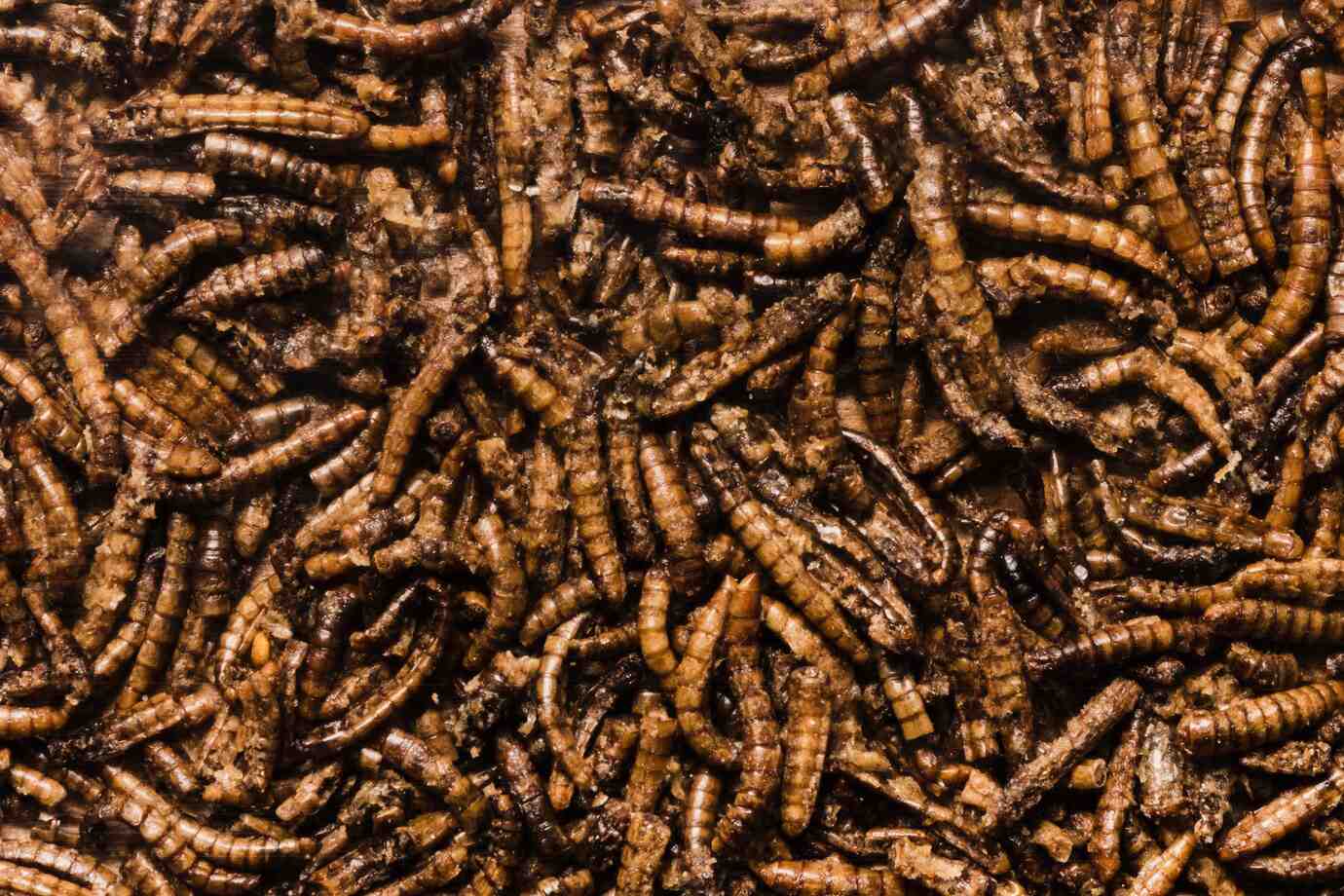
- Crunchy shell (chitin) — can be hard to digest in excess
- High fat content
- Easy to store and feed
- Great for occasional treats
Best For: Adult reptiles and as an enrichment snack
Caution: Avoid for babies or frequent use due to tough exoskeleton.
5. Superworms
- Larger version of mealworms
- Very active and wiggly — stimulates interest
- High in fat, so best as a treat
- Can bite, so supervise feeding
Best For: Adult bearded dragons, monitors, and large geckos
6. Silkworms
- High in protein, moisture, and calcium
- Soft-bodied and gentle
- Don’t jump or bite
- More expensive, but excellent for picky eaters
Best For: All ages and species — especially during shedding or stress
7. Hornworms
- Very high in moisture
- Low fat and moderate protein
- Bright colour encourages feeding
- Grow fast, so use soon after purchase
Best For: Hydrating reptiles or encouraging appetite
Rotate feeder insects weekly for variety and to cover all nutritional bases.
Sizing Feeder Insects Correctly
A general rule of thumb: Never feed an insect larger than the space between your reptile’s eyes. Oversized insects can cause choking, impaction, or stress.
| Reptile Age | Ideal Insect Size |
| Hatchling | ¼ inch or less |
| Juvenile | ½–¾ inch |
| Adult | 1 inch or more (depends on species) |
Cut or crush large insects if needed, especially for babies.
How Often Should You Feed Insects?
Feeding frequency depends on age, species, and activity level.
| Age | Feeding Frequency |
| Hatchlings (0–4 months) | 1–2 times daily |
| Juveniles (4–12 months) | Once daily |
| Adults (12+ months) | 3–5 times per week |
Active hunters like tokay geckos or monitors may need more food than laid-back species.
How to Prepare Insects for Feeding
1. Gut-Loading
Feed your insects healthy food 24–48 hours before offering them to your reptile. This boosts their nutritional value.
Best Gut-Loading Foods:
- Leafy greens (collard, mustard, dandelion)
- Squash and carrots
- Commercial insect diets (gel or dry form)
- Calcium-rich veggies like turnip greens
2. Dusting with Supplements
Use a calcium or multivitamin powder to coat insects lightly before feeding.
Supplement Schedule:
- Calcium with D3: 2–3 times per week
- Multivitamin: Once per week
- Calcium without D3: Daily if using UVB lighting
Place insects in a small container or bag with the powder and gently shake.
Feeding Live Insects Safely
Best Practices:
- Feed in the enclosure or in a separate feeding bin
- Use tongs for control and to avoid accidental bites
- Don’t leave insects in the tank overnight
- Watch to ensure each insect is eaten
- Keep the enclosure clean to avoid uneaten insect hiding
Enrichment Through Feeding
Make feeding fun and interactive with enrichment ideas:
- Use feeding tongs to mimic natural prey movement
- Scatter insects to encourage hunting behaviour
- Hide bugs in rocks or logs for exploration
- Try vertical feeding for climbers like tokay geckos
This supports physical and mental health — and it’s fun to watch!
Common Mistakes to Avoid
- Only feeding one type of insect
- Offering insects too large
- Forgetting to gut-load
- Overfeeding fatty insects
- Ignoring supplement schedules
- Letting uneaten insects stay in the tank
Balanced feeding prevents most common health issues in carnivorous reptiles.
Feed with Variety and Care
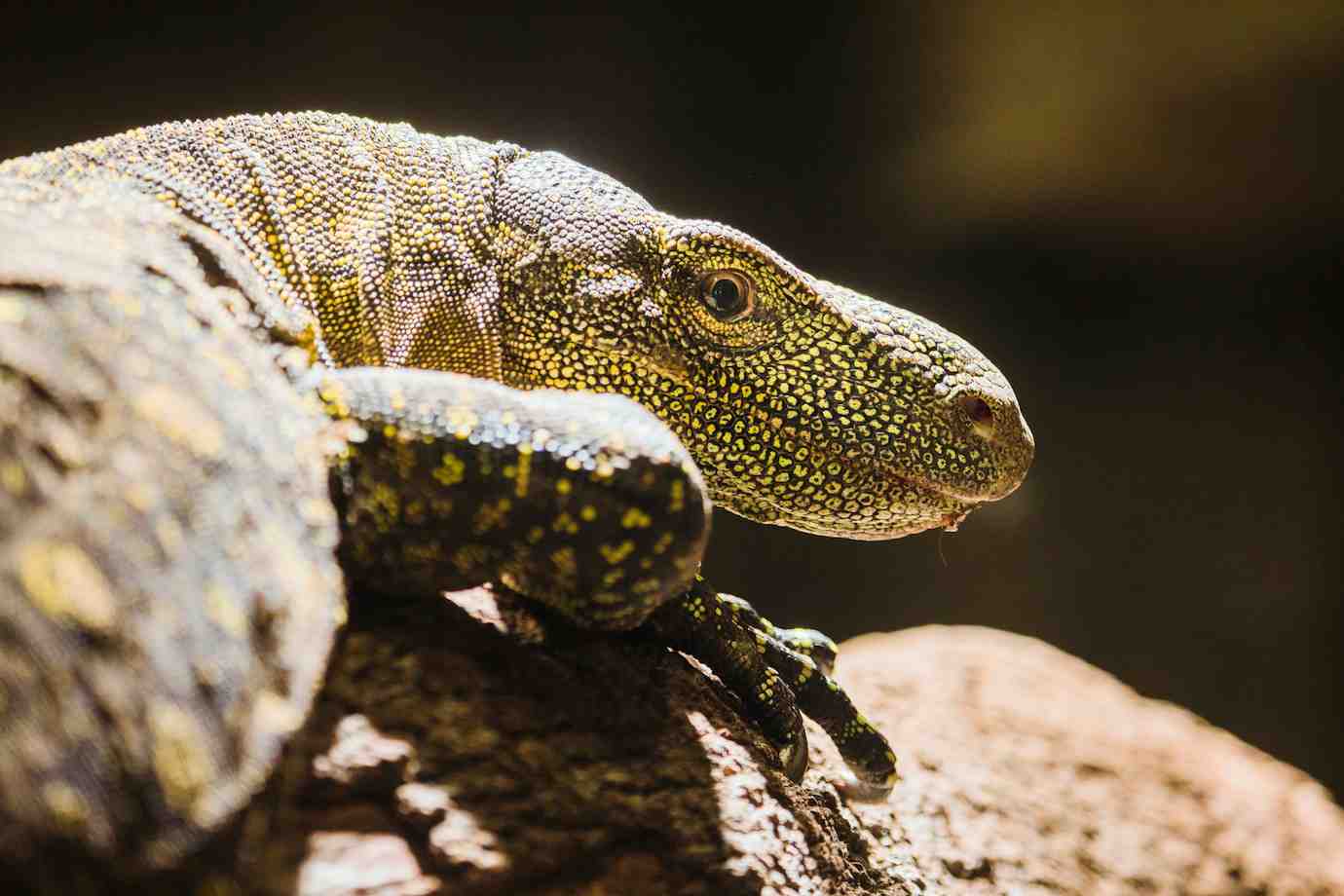
A proper reptile carnivore diet isn’t just about choosing the best feeder insects — it’s about feeding live insects in a smart, safe, and thoughtful way. With the right schedule, proper gut-loading, and size control, you’ll keep your reptile happy, healthy, and thriving.
Rotate your feeders, monitor behaviour, and stay informed about what works best for your pet’s species and age.
Have a herbivore reptile? Click here to know more about their diet!
